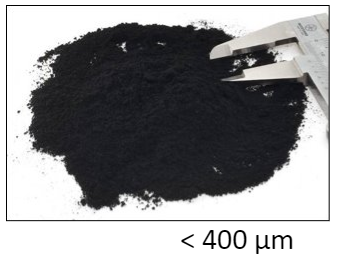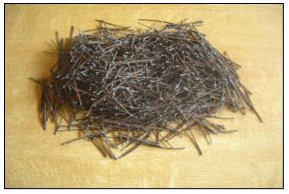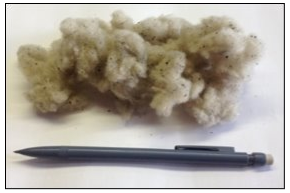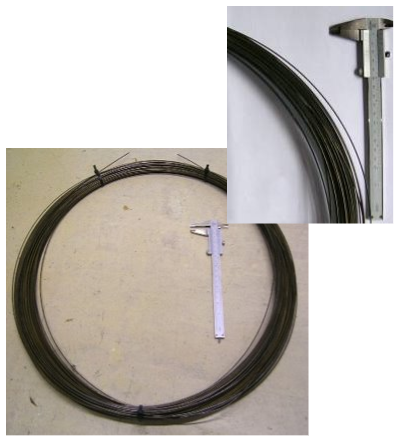9. The BTRC process.
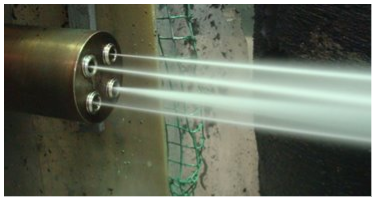
1. The upstream process
The upstream operation is preparing feeding water and the recycling of the water.
The feeding water chemical quality, temperature and debit is monitored by this upstream process.
The BTRC technology is using 11 water circuits to monitor feeding waters, UHP waters and recycling circuits.
The use of buffer tanks is required to safe the treated recycled water for re-use.
The treatment of the water and monitoring the chemical quality is required to reduce the energy required and consequently to increase the yield (ROI- EBITDA).
The water quality is monitored also to reduce the maintenance cost of the UHP pumps and auxiliary equipment.
Some 85% of the water is recycled. The daily fresh water consumption depends on the type of EOL product and on the annual tonnage of water to recycle.
In general the fresh water volume is neglectable in regard to the tonnage of tires per year and per type of product.
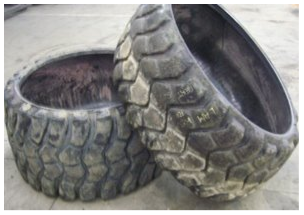
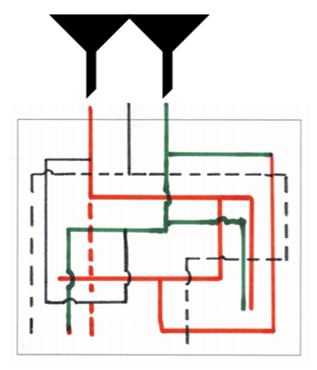

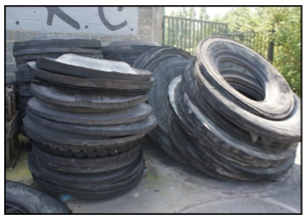
2. The UHP water jetting
The only way to efficiently recycle the big tires (e.g. dia.2m @ 700kg) is by using the UHP water jets @ 4.200 bar to “pulverize” the rubber directly into surface de-vulcanised powder of < 400µm with a specific morphology.
The UHP pumps with rotary jetters (@ 3.000 rpm) are clearly a fundamental part of the operation.
The penetration into the rubber surface is some 4cm @ some 25 mm/sec.
The 1st research point concerned the rotojetters and the need for a “flat” positioning. Cutting the tread out of the tire in less than 10 min. and ‘pulverizing’ a full tire in less than 30 min.
The 2nd research point determined the design of the rotojets, the design of reliable motors and the rotational propulsion speed.
The 3rd research point was the scientific search on the design of the orifices to have a further energy reduction.

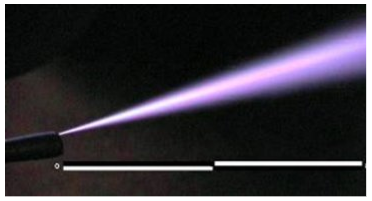
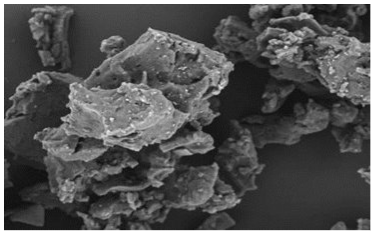
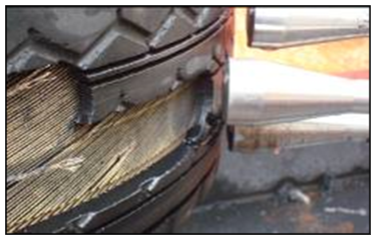
3. The downstream process
Drying the wet slurry.
The wet slurry is treated to obtain a dry and clean powder at low energy.
The requested final product specifications are quite simple: it must be dry < 0.5% MC, pure >99.9%, no steel nor textile and diameter < 400µm with a specific morphology.
It was also noted that drying with ventilated warm air is impossible because otherwise the super fine powder will be blown away.
The wet slurry is finally dried in a 3 step continuous process.
A BTRC development made it possible to have powder that dried easily using very little energy.
The removal of the short textile fibres, a valuable commodity, was done with a B.H.V. machine, another BTRC development.
The end result can be seen elsewhere in the TDS (technical data sheet).
